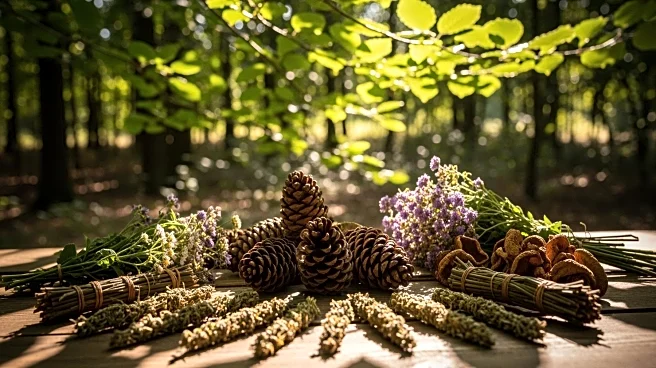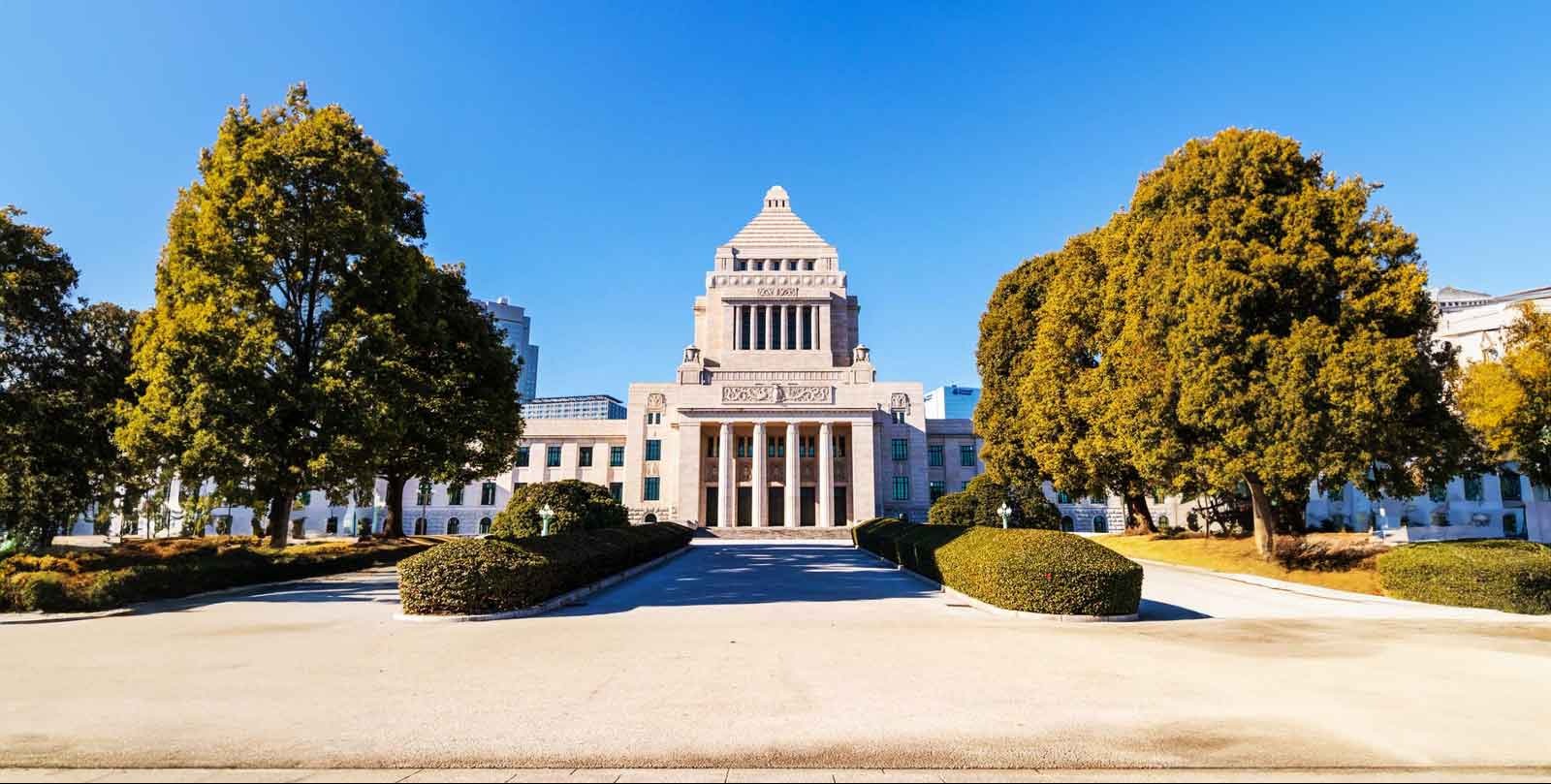What's Happening?
Jacob Williams, a forester with the University of Georgia Extension, is promoting the cultivation of non-timber forest crops such as ginseng, goldenseal, and mushrooms as a way for landowners to add value to their woodlands without cutting down trees.
Williams emphasizes that these crops can be grown sustainably under the forest canopy, offering an alternative to traditional timber harvesting. He highlights the cultural and historical significance of these plants, particularly ginseng, which is native to parts of the U.S. and can be cultivated using a wild simulated method. This method involves minimal management and can take 8-10 years for the crop to mature. The U.S. Fish and Wildlife Service mandates that states with ginseng programs manage a list of buyers and sellers, facilitating market access for growers. However, Williams notes that while there is potential for profit, forest farming is often more of a side venture than a full-time income source.
Why It's Important?
The promotion of non-timber forest crops represents a shift towards sustainable land management practices that preserve forest ecosystems while providing economic opportunities for landowners. This approach aligns with broader environmental goals of reducing deforestation and maintaining biodiversity. By cultivating crops like ginseng, landowners can tap into niche markets driven by international demand, particularly from China, which influences pricing. The initiative also underscores the importance of cultural heritage and traditional practices in modern agriculture. As climate change and environmental degradation continue to threaten traditional farming methods, alternative practices like forest farming could play a crucial role in ensuring food security and economic resilience.
What's Next?
Landowners interested in forest farming will need to consider the long-term commitment and potential challenges, such as wildlife interference and disease, that come with cultivating these crops. As awareness grows, there may be increased support from agricultural extension services and conservation groups to promote sustainable practices. Additionally, the development of value-added products from these crops could open new market opportunities. Policymakers and environmental organizations might also advocate for incentives to encourage more landowners to adopt non-timber forest farming, contributing to broader conservation efforts.
















